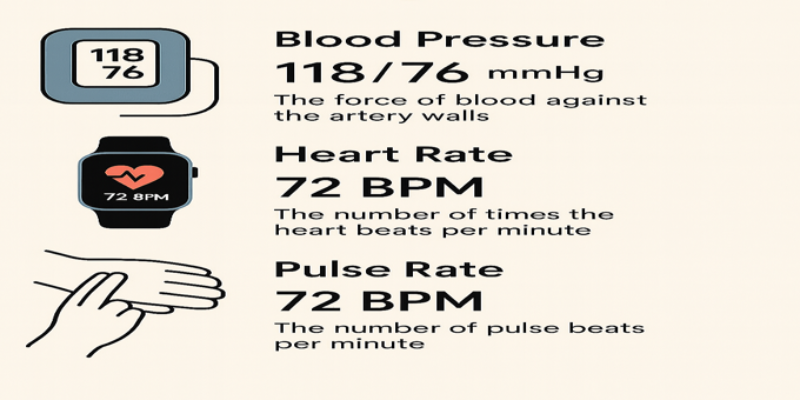Controlling a child’s screen addiction to watching TV or using mobiles, tablets, etc., involves a combination of setting limits, providing alternatives, and fostering healthy habits.
Here are Some Strategies:
1.0 Set Screen Time Limits: Establish clear rules about how much screen time is allowed each day. The British Association of Paediatrics recommends no more than 1-2 hours of screen time per day for children aged 2-5 and consistent limits for older children (RCPCH, 2019)). Use parental controls on devices to enforce these limits if necessary.
2.0 Create Tech-Free Zones: Designate certain areas of the home, such as bedrooms and dining areas, as screen-free zones. This encourages other activities and limits the temptation to use screens excessively (Robinson, 2021).
3.0 Encourage Balanced Activities: Provide a variety of alternative activities that your child enjoys, such as outdoor play, arts and crafts, reading, or sports. Encourage them to engage in these activities instead of spending all their free time in front of a screen (American Academy of Paediatrics, 2016).
4.0 Be a Role Model: Children often mimic the behaviour of their parents, so set a positive example by limiting your own screen time and engaging in offline activities together as a family (Hiniker et al., 2016).
5.0 Establish Screen-Free Times: Designate specific times of day when screens are not allowed, such as during meals, before bedtime, or during family activities. Use this time to connect with your child and promote conversation and bonding (Gentile et al., 2014).
6.0 Monitor Content: Be aware of what your child is watching or doing online. Use parental controls and filters to block inappropriate content and monitor their online activities to ensure they are engaging in safe and age-appropriate content (Livingstone et al., 2017).
7.0 Encourage Active Screen Time: If your child is watching TV or using a tablet, encourage activities that involve movement or interaction, such as dancing to music videos, playing educational games, or using interactive learning apps (Straker et al., 2017).
8.0 Reward Positive Behaviour: Offer praise and rewards when your child follows the screen time rules and engages in alternative activities. Positive reinforcement can help motivate them to limit their screen time and pursue other interests (Hollis et al., 2016).
9.0 Have Open Communication: Talk to your child about the importance of balance and moderation when it comes to screen time. Help them understand why it’s important to limit screen time and encourage healthy habits (Palladino, 2015).
10.0 Seek Professional Help if Necessary: If your child’s screen time habits are significantly impacting their behaviour, sleep, or overall well-being, consider seeking advice from a paediatrician or child psychologist for additional support and guidance (Domoff et al., 2019).
By implementing these strategies consistently and providing a supportive environment, you can help your child develop healthier screen time habits and reduce their addiction to watching TV or using tablets.
References:
American Academy of Paediatrics (2016) “Media and Young Minds”. Paediatrics. 138(5), pp. 25-91.
Domoff, S.E., Harrison, K., Gearhardt, A.N., Gentile, D.A., Lumeng, J.C. and Miller, A.L., (2019) “Development and Validation of the Problematic Media Use Measure: A Parent Report Measure of Screen Media Addiction in Children”. Psychology of Popular Media Culture. 8(1), pp. 2-11.
Gentile, D.A., Reimer, R.A., Nathanson, A.I., Walsh, D.A. and Eisenmann, J.C., (2014) “Protective Effects of Parental Monitoring of Children’s Media Use: A Prospective Study”. JAMA Paediatrics. 168(5), pp. 479-484.
Hiniker, A., Schoenebeck, S.Y. and Kientz, J.A., (2016) “Not at the Dinner Table: Parents’ and Children’s Perspectives on Family Technology Rules”. Proceedings of the 19th ACM Conference on Computer-Supported Cooperative Work & Social Computing. pp.1374-1387.
Hollis, J.L., Williams, A.J., Sutherland, R., Campbell, E. and Nathan, N., (2016) “A Systematic Review and Meta-Analysis of Moderate-To-Vigorous Physical Activity Levels in Secondary School Physical Education Lessons”. International Journal of Behavioural Nutrition and Physical Activity. 13(1), pp.1-14.
Livingstone, S., Davidson, J. and Bryce, J., (2017) “Children’s Online Activities, Risks, and Safety. Digital Childhoods: Technologies and Children’s Everyday Lives”. pp.91-108.
Palladino, J., (2015) “Parenting in the Age of Digital Technology: A National Survey”. Journal of Media Literacy Education. 7(1), pp. 5-25.
RCPCH (2019) “Screen Time Guidelines”. [Online]. Available at: https://www.rcpch.ac.uk/news-events/news/new-screen-time-research-published-rcpch-responds. [Accessed 6 June 2024].
Robinson, T.N., (2021) Reducing Children’s Television Viewing to Prevent Obesity: A Randomized Controlled Trial. JAMA. 282(16), pp.1561-1567.
Straker, L., Abbott, R.A., Collins, R. and Campbell, A., (2017) Evidence-Based Guidelines for Wise Use of Electronic Games by Children. Ergonomics. 60(1), pp.152-163.













